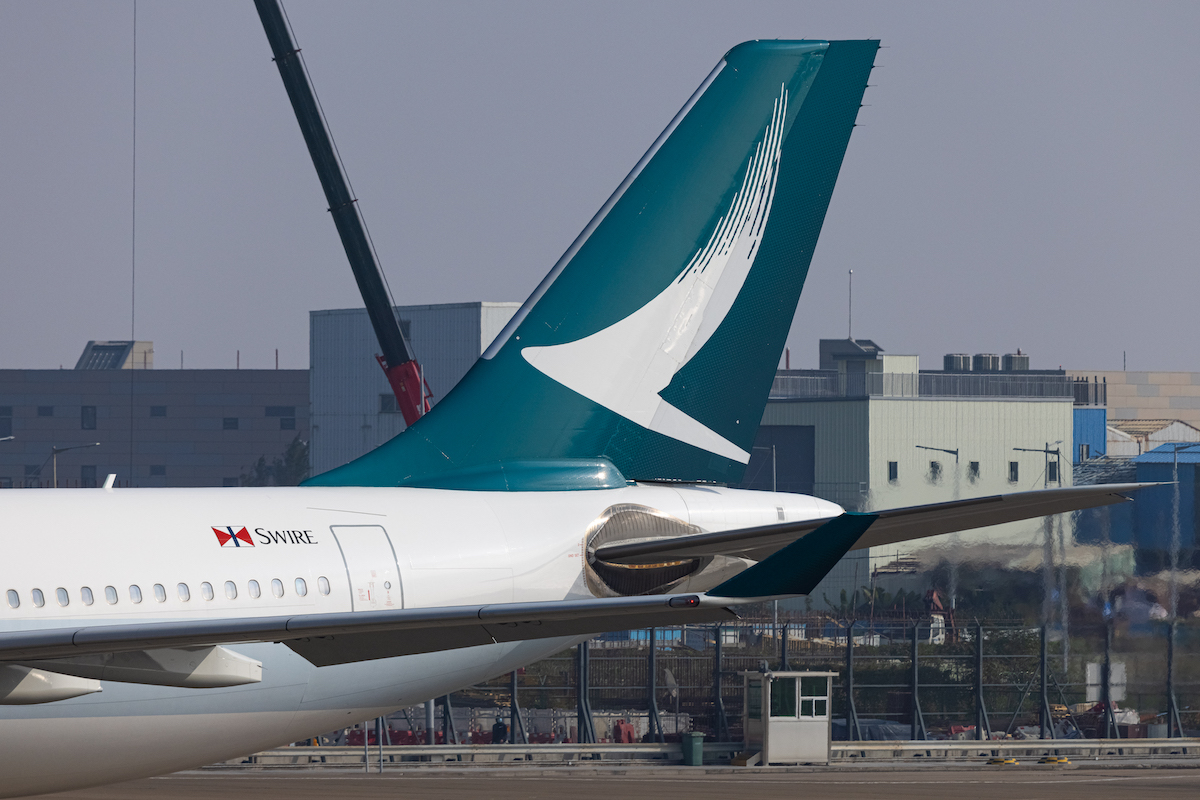Hong Kong's Slow Climb

Photo Credit: Flickr / Kevin Chung
In part one of this week's podcast, Gordon Smith and Jay Shabat discuss Q2 results from Delta Air Lines and Norwegian, looking for clues as to what the future could hold for other operators. In part two, we turn our attention to Hong Kong and examine the factors behind its slow aviation recovery after the pandemic.
Listen Now
Apple Podcasts | Spotify | YouTube | RSS
Key Points:
Part 1: Latest Q2 Earnings
- Focus on Delta and Norwegian Air earnings
- Delta: Disappointing unit revenue trends, lower-than-expected unit revenues
- Norwegian: Negative vibes, demand and cost issues, union tensions, currency concerns, and delays in Boeing planes
- Upcoming United Airlines earnings report
- General sentiment: Early negative vibes, some airlines doing well despite overall bearish mood
- Possible factors for weaker results: Over-optimism in forecasts, systemic issues
Part 2: Hong Kong's Slow Rebound
- Pre-pandemic: World's 12th busiest airport, now 30th
- Cathay Pacific's slow recovery
- Long dormancy during the pandemic, stringent quarantine rules for crews
- Current issues: Crew shortages, flight cancellations
- Political changes affecting tourism
- Potential impact of changes in Hong Kong's relationship with Beijing
- Decline in operations of other airlines
- Significant seat count reductions for carriers like Singapore Airlines, Emirates, Qantas, British Airways. Some airlines like United and American have reduced or ceased operations in Hong Kong
- Cathay Pacific's financial performance
- Better financial performance due to cost-cutting and high yields
- Increased traffic due to lack of direct flights between China and India, China and the US
- Hong Kong's infrastructure development
- New runway added, fully operational by the end of the year
- Expected to support long-term growth despite current challenges
Photo credit: Kevin Chung/Flickr



